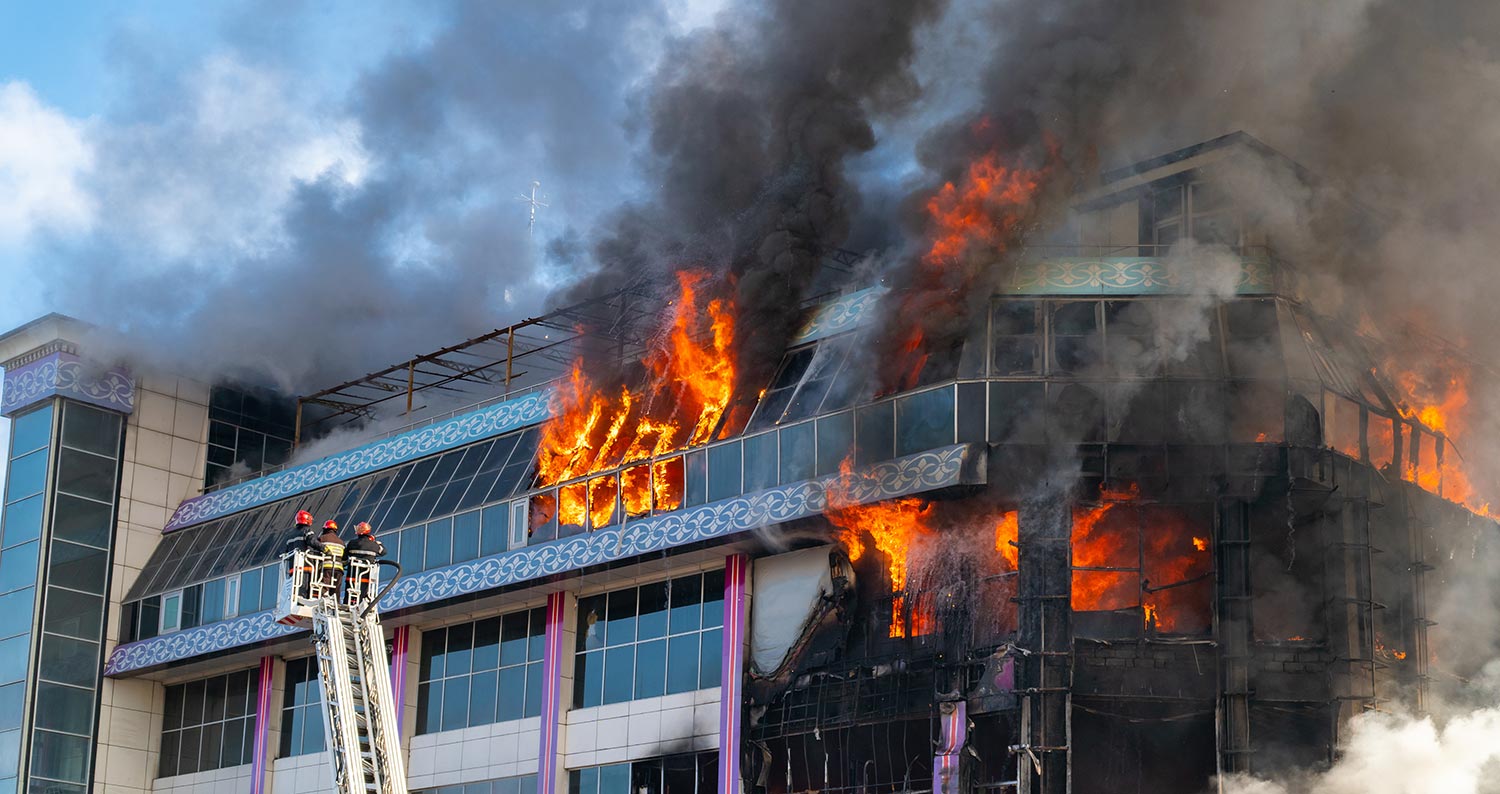
INSURANCE INDUSTRY NEWS
The $800,000 Shortfall: Why this coastal apartment block couldn’t rebuild
This is a fictional case study informed by typical valuation challenges in regional and coastal NSW.
Coastal buildings face unique risks — and when disaster strikes, rebuild costs can soar far beyond expectations. This fictionalised example shows what happened when a coastal strata scheme found itself $800,000 underinsured after a severe storm — and what it could have done differently.
The Building and the Event
The building in question was a 16-lot residential strata complex on the NSW South Coast, constructed in the early 2000s. After a major storm in late 2022, large sections of the roof were ripped off, and several units suffered serious water damage.
Total repair and reconstruction costs were estimated at $4.1 million. However, the insured value of the building — based on a valuation done six years prior with minimal indexation — was just $3.3 million.
Why the Valuation Fell Short
The previous valuation had relied on standard metro-based cost estimates, without factoring in localised construction challenges. It failed to consider:
- Higher labour costs in regional areas
- Access difficulties that required crane hire, scaffold permits and traffic management
- Materials suited for coastal compliance, like corrosion-resistant fixings and weather-sealed cladding
Though the Strata Schemes Management Regulation 2016 (NSW) requires insurance valuations every five years (Schedule 2, Clause 4), this had been overlooked by the committee, and CPI indexation was assumed to be adequate.
Consequences for Owners
With an $800,000 shortfall, the owners corporation had to raise a special levy. The unexpected financial pressure caused significant fallout:
- Some owners, particularly retirees, struggled to meet contributions
- A few units were left uninhabitable for months during the funding delays
- Internal disputes emerged over responsibility and accountability
The insurer fulfilled its obligations up to the policy limit, but the rest became the owners’ responsibility.
What This Case Teaches Us
- Local conditions matter: Coastal and regional buildings can’t rely on generic valuations
- Indexation isn’t enough: CPI-based increases rarely reflect real-world construction cost volatility
- Delays compound losses: The longer funding takes, the more expensive the outcome
Conclusion
This case highlights the risks of a “set-and-forget” approach to insurance valuations — especially in high-exposure areas like the NSW coast. Rebuild costs vary by location, building type, and access conditions, and outdated assumptions can cost owners dearly.
At Evolve Reporting, we specialise in tailored, legislation-compliant valuations that reflect local construction realities. If your building hasn’t been reassessed in five years — or you’re located in a high-risk zone — it’s time to check that your coverage is keeping pace.
Disclaimer: This article is for informational purposes only and is based on fictionalised scenarios. It does not constitute legal advice. Owners corporations should seek independent legal or professional advice for their specific circumstances.
continue reading
Related articles
Construction costs have surged in recent years — and many strata schemes haven’t kept pace.
When Disaster Strikes: Case study of a building underinsured by $5 Million.
The $800,000 Shortfall: Why this coastal apartment block couldn't rebuild.



